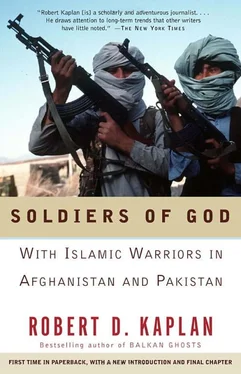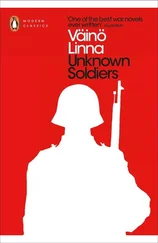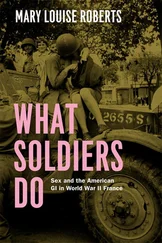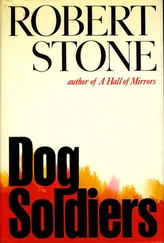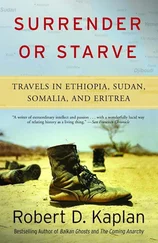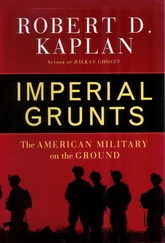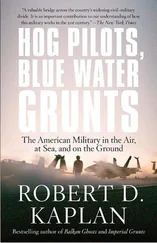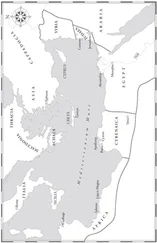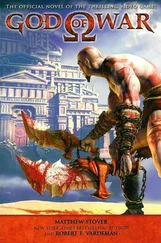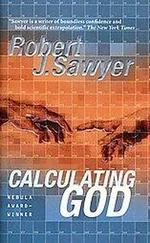These were old facts that left everyone at the table numb. In Peshawar the journalists and relief workers all knew these things. But the surgeon had discovered them on his own in the lonely, pulsing stillness of the operating theater, where he was in constant physical contact with the evidence. When he recited Kipling’s poetry it showed all over his face.
“The future battlefield is to be liberally sown with mines,” wrote the British military historian John Keegan in his prophetic work The Face of Battle. Never before in history have mines played such an important role in a war as in Afghanistan. Nobody knows precisely how many were sown by Soviet troops and airmen in the ten years between their invasion and their withdrawal. The figures offered are biblical. The British Broadcasting Corporation, on June 8, 1988, simply stated “millions.” The Afghan resistance claimed five million. The U.S. government’s first estimate was three million. Later, on August 15, 1988, State Department spokesman Charles Red-mon said the figure was more likely “between 10 and 30 million.” That would be 2 mines for every Afghan who survived the war; between 40 and 120 mines per square mile of Afghan territory. Tens of thousands of civilians, if not more — many of them small children — have already been disabled by mine detonations in Afghanistan. Even though the Russian phase of the war has ended, mines threaten to kill and maim thousands more, some of whom haven’t been born yet.
“The widespread sowing of millions of land mines has added an ominous new dimension to the rehabilitation effort,” Undersecretary of State Michael H. Armacost told the Senate Foreign Relations Committee on June 23, 1988. According to both American and United Nations officials, mines will cripple Afghanistan’s economic life for years to come, inhibiting the tilling of fields, access to pasture areas, and collection of firewood.
No group of people knew as much about mines in Afghanistan as news photographers and television cameramen. Getting close-ups of the war meant traveling with the mujahidin, the “holy warriors of Islam.” And the muj — as journalists called them — walked through minefields. “It’s like walking a tightrope,” said Tony O’Brien, a free-lance photographer who would later be captured and then released by Afghan regime forces. “You’re in a group, yet you’re totally alone. Still, there’s this absolutely incredible bond with the person ahead of you and behind you. You forget the heat, the thirst, the diarrhea. Then you’re out of the minefield and instantaneously you’re hot and thirsty again. The minute I start thinking about it I start worrying and I get totally freaked.”
For several days I rode in a Toyota Land Cruiser through the mine-strewn desert outside the southern Afghan city of Kandahar. The trails were marked with the rusted carcasses of trucks that told you it was almost better not to survive such an explosion. My driver kept safely to previous tread marks. But when another vehicle approached from the opposite direction we had to make room for each other, and I became so afraid that I held my breath just to keep from whimpering. At night, or in the frequent dust storms when we lost the track, the fear went on for hours at a stretch, leaving me physically sick.
Joe Gaal, a Canadian photographer for the Associated Press, had been around so many minefields and had collected enough fragments of different mines that he had developed a sapper’s tactile intuition about them, which was apparent in the movements of his hands and fingers whenever we discussed the matter. An intense, gutsy fellow, Gaal had an encyclopedic knowledge of Soviet mines. His terror had turned into an obsession.
The mine that could really put him in a cold sweat was what the mujahidin called a “jumping” mine, a Russian version of the “Bouncing Betty,” used by the Americans in Vietnam. It is activated by a trip wire that causes a projectile to shoot up from underground a few feet ahead. The mine is designed to go off several seconds later and explode at waist level, just as you pass over it. “It blows off your genitals and peppers your guts with shrapnel,” Gaal explained.
The Bouncing Betty was one of several different antipersonnel mines the Soviets employed, mines that had to be dug into the ground by special units and were meant to kill or maim anyone within a radius of twenty feet. But the vast majority of mines in Afghanistan were dropped from the air. The most common of these was the “butterfly” mine. The butterfly was the mine of Afghanistan, so much so that it had become part of the country’s landscape, like the white flags above the graves of martyred mujahidin. Soviet helicopter gunships would fly in at one or two thousand feet and litter the ground with mines. The butterfly’s winged shape caused it to go into a spin, slowing its descent. The detonator pin was set on impact with the ground. Green was the most common color, but the Soviets had a light brown version for desert areas and a gray one for riverbeds. Some mujahidin, not knowing this, thought the mines actually changed color.
Only eight inches long and blending in with the ground, the butterfly mine was hard to spot, especially if you were fatigued from hours of walking, which was most of the time. Except for the light aluminum detonator it was all plastic, so it was difficult to detect with mine-sweeping equipment. The mine was often mistaken for a toy by Afghan children, who paid with the loss of a limb or an eye. Its explosive power was about equal to that of the smallest hand grenade: sufficient to maim, not to kill. Contrary to Soviet claims, the mine has no self-destruct mechanism, and will be mutilating Afghans for a long time to come.
Butterfly mines, along with aerial bombardment, were the centerpiece of Moscow’s strategy of depopulation. Depopulation had come after pacification had failed and before the Communist-inspired bombing campaign in Pakistani cities. During the heyday of depopulation, in the early and mid-1980s, the Soviets dropped plastic mines disguised as wrist-watches and ball-point pens over Afghan villages in the heavily populated Panjshir Valley northeast of Kabul.
There were even reports of mines disguised as dolls. The New York-based Afghanistan Relief Committee ran an advertisement in a number of American magazines featuring a photograph of a doll with its left arm blown off and a caption that read, “The toy that’s making a lasting impression on thousands of Afghan children.” The larger version of these ads contained a line in small type advising the reader that the doll in the photograph was not a real Soviet bomb, but a replica constructed on the basis of refugee accounts. In fact, no photographs of such dolls exist, even though one would have been worth thousands of dollars to a news photographer. Peter Jouvenal, a British television cameraman who made over forty trips inside Afghanistan with the mujahidin and saw every other kind of Soviet mine, suspected that the story of the dolls was apocryphal. “The Soviets were guilty of so much in Afghanistan. Why exaggerate?” he remarked.
Right up to the time of their withdrawal, the Soviets kept introducing new kinds of mines. When journalists entered the garrison town of Barikot, in Kunar province near the Pakistan border, after the Soviets had evacuated it in April 1988, they discovered mines stuck on stakes in the bushes. They dubbed them Noriega mines, on account of their pineapple texture. These were sonic mines, fitted with diaphragms that picked up the lightest footstep and sprayed shrapnel thirty feet in all directions.
In Barikot, the Soviets also booby-trapped grain bags in some of the places they evacuated, using a grenade with its detonator pin pulled, hooked up to a trip wire concealed in the sack. Several mujahidin and a dozen refugees were wounded when they opened the bags.
Читать дальше
